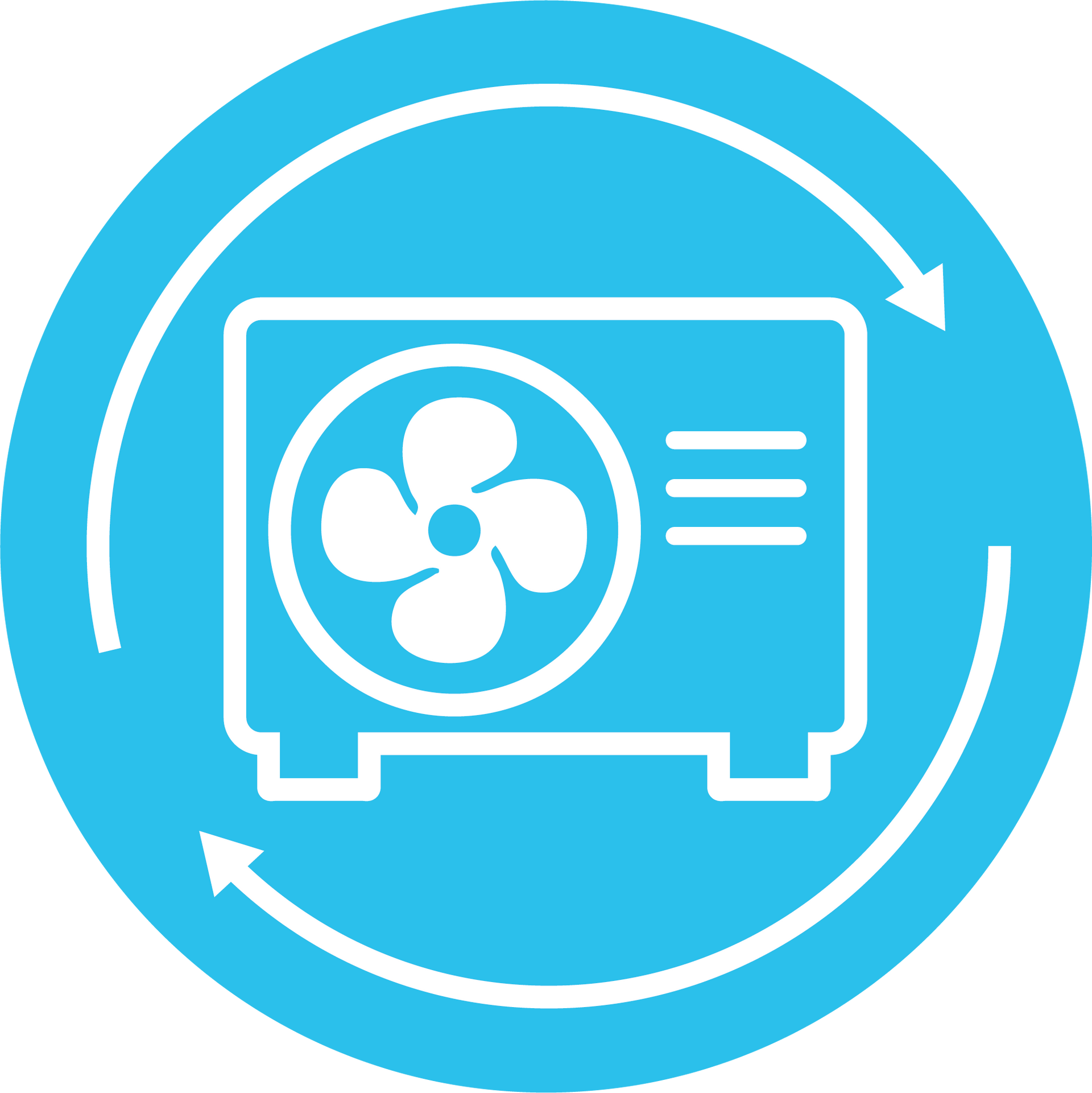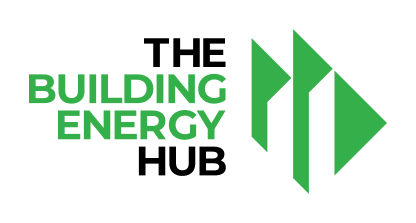Decarbonization Planning Guide
Understanding Building Decarbonization
What is Decarbonization and Why is it Important?
Lay out common terms and drivers for decarbonization and how is it is different than energy efficiency.
Decarbonization is the method of reducing or eliminating carbon dioxide (CO₂) and other greenhouse gas emissions from energy systems. Unlike traditional energy efficiency strategies, which target reductions in energy consumption, decarbonization adopts a broader and more technical approach. It combines efficiency with an emphasis on reducing emissions at the source through electrification, integration of renewable energy, and advanced grid management—all of which are critical to stabilizing and ultimately reversing the effects of climate change.
The Path to Decarbonization
At the core of decarbonization is building electrification.
This technical strategy involves replacing fossil fuel–based systems (such as natural gas boilers or onsite combustion equipment) with electric systems that can leverage renewably generated electricity. For complex commercial buildings, electrification goes beyond a simple retrofit; it’s more often a comprehensive re-engineering of building systems that includes:
Thermal Envelope Enhancements
Improving insulation, window performance, and overall building envelope integrity to reduce heating and cooling loads.
Infrastructure upgrades and advanced controls
Replacing or upgrading electrical, HVAC, controls, or structural infrastructure to support and utilize new equipment technologies.
HVAC, hot water, and appliance upgrades:
Transitioning to electric heat pumps and induction cooking systems that offer higher efficiencies and lower operational emissions.
The Role of the Energy Efficiency Checklist
This technical tool serves as a framework to understand and quantify baseline energy consumption and identifies opportunities for energy savings—both key components of decarbonization.
Key functions of the checklist include:
Baseline Assessment through Benchmarking
Systematically collecting data on a building’s current energy use across various systems—HVAC, lighting, envelope, plug loads, etc.—to establish a performance benchmark.
Identification of Inefficiencies
Highlighting low-hanging fruit and operational inefficiencies that can be addressed through Energy Conservation Measures (ECMs).
Data-Driven Decision Making
Providing a structured approach that informs subsequent decisions in the decarbonization plan. This ensures that electrification and renewable integration strategies are implemented on a foundation of optimized energy performance.
Using the Energy Efficiency Checklist
By using the Energy Efficiency Checklist, building owners and technical teams can identify critical parameters such as BTU losses, system COP (Coefficient of Performance), and load profiles. This data is essential for modeling potential decarbonization pathways and for prioritizing investments that yield both energy savings and emissions reductions.
Integrating the Checklist with the Decarb Decision Guide
Once your baseline efficiency measures are in place, you can use the decarbonization guide to evaluate and select advanced strategies that further reduce carbon emissions. Prioritizing investments that yield both energy savings and emissions reductions will require a comprehensive building decarbonization plan that integrates all essential components for an effective transition.
This integrated process should consider the adjacent components:
Energy Efficiency

Implementing supporting technologies, such as data monitoring systems, building automation, and smart meters, to facilitate more efficient energy use.
Enabling Measures

Upgrading infrastructure and adding supporting technologies which prepare your building to electrify systems and decarbonize.
Load reductions

Considering ways to reduce energy loads and recover wasted heat. This step will set your building up to work best with electrification options and enable smaller systems, increased comfort, and less strain on infrastructure.
Electrification

Prioritizing the transition from onsite combustion systems to electric alternatives for heating, hot water, and other energy-intensive operations.
Renewables and Grid Edge Improvements

Evaluating the potential for integrating onsite or grid-connected renewable energy systems (such as solar photovoltaics, or PVs) alongside advanced grid-edge solutions like demand response systems and battery storage to enhance grid reliability.
Goals and Outcomes

Establishing clear, measurable decarbonization goals tied to emissions reductions, cost savings, and operational resilience.
Capital Planning

Strategically aligning financial resources with high-impact initiatives, ensuring that investments target projects with the greatest potential for emissions reductions and energy savings.
Value adds

Addressing additional factors that increase value in your investments such as resilience and system durability under extreme conditions, completion of deferred maintenance, and improved indoor environmental quality.
Implementation Timeline

Developing a phased roadmap that sequences actions logically, aligning short-term efficiency gains with long-term decarbonization goals while understanding the capital outlays needed to implement.
In summary, decarbonization is a multi-faceted technical and strategic process that goes beyond energy savings alone. By integrating a rigorous Energy Efficiency Checklist with the advanced Decarbonization Decision Guide, and aligning actions with clear timelines and financial planning, building owners can make informed, data-driven decisions that accelerate the transition toward a zero-emission, resilient energy infrastructure.


